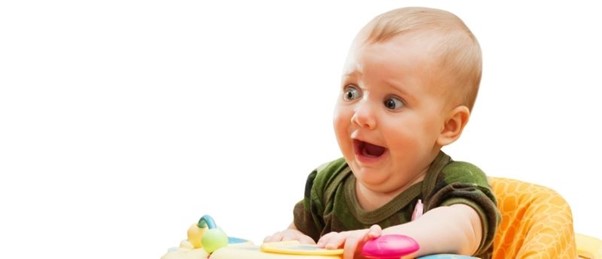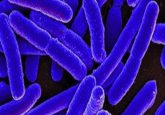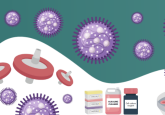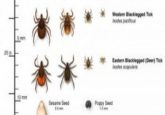Boo! Poo, the microbiome and fear…

A new study reveals a potential link between the gut microbiome and fear responses in children, providing an insight into the development of mental health disorders.
The intensity of an infant’s response to fear can provide an indication of their future mental health. If children cannot adjust a strong fear response when in a safe space, they may be at a higher risk of anxiety or depression, while a very muted response may indicate a prevalence for antisocial behavior in later life.
Recent research lead by Rebecca Knickmeyer of Michigan State University (MSU; USA), has delved into these fear responses, exploring a potential source for the differences in intensity: the gut microbiome. The research could have implications for the early monitoring of mental health to facilitate healthy development.
Previous animal model studies had revealed the link between the microbiome and fear responses, prompting Knickmeyer to examine the link in humans. To do this, Knickmeyer and her team assembled 30 infants, all of whom were breast fed and were not receiving any antibiotics, reducing the factors that could impact the composition of their gut microbiome.
Why do we have a fear of heights?
Fear of heights appears to be innate – seen in newborn animals and infants. In the past, researchers have focused on understanding learned fears, turning their attentions to the innate only recently. The basolateral amygdala (BLA) is implicated in both learned and innate fears.
Stool samples were collected from the infants and their fear response was measured as an adult walked into the room with a Halloween mask on. Knickmeyer explained: “We really wanted the experience to be enjoyable for both the kids and their parents. The parents were there the whole time and they could jump in whenever they wanted. These are really the kinds of experiences infants would have in their everyday lives.”
Children with microbiomes containing a disproportionately large amount of a small group of bacteria, known as uneven microbiomes, at 1 month of age, were more fearful at 1 year. The composition of the microbiome at 1 year also correlated to their fear response at that time with certain types of bacteria, such as Veillonella, Dialister and Clostridiales, associated with an increased fear response.
Similar correlations were not observed with the infants’ response to strangers who were not wearing a mask. “With strangers, there is a social element. So children may have a social wariness, but they don’t see strangers as immediate threats. When children see a mask, they don’t see it as social. It goes into that quick-and-dirty assessment part of the brain,” elucidated Knickmeyer.
The team paired these observations with an imaging study of the children’s brains using MRI, which revealed that the microbiome composition at 1 year was also associated with the size of the amygdala. The amygdala plays a key role in making fast decisions in a threat response, indicating that the microbiome impacts the development of the amygdala and therefore, the child’s fear response.
Knickmeyer is keen to take the research further, excited by the potential: “We have a great opportunity to support neurological health early on. Our long-term goal is that we’ll learn what we can do to foster healthy growth and development.”






